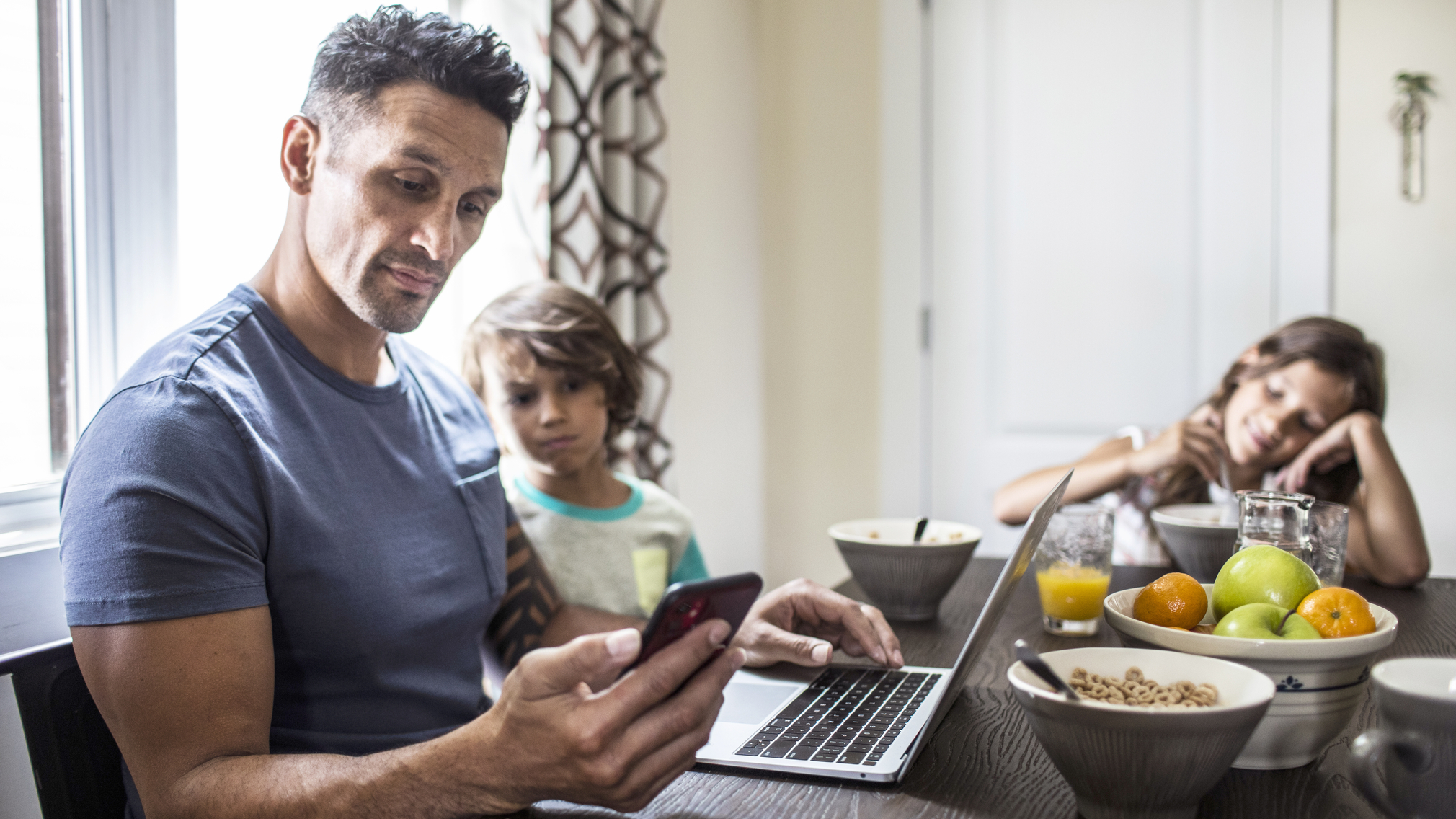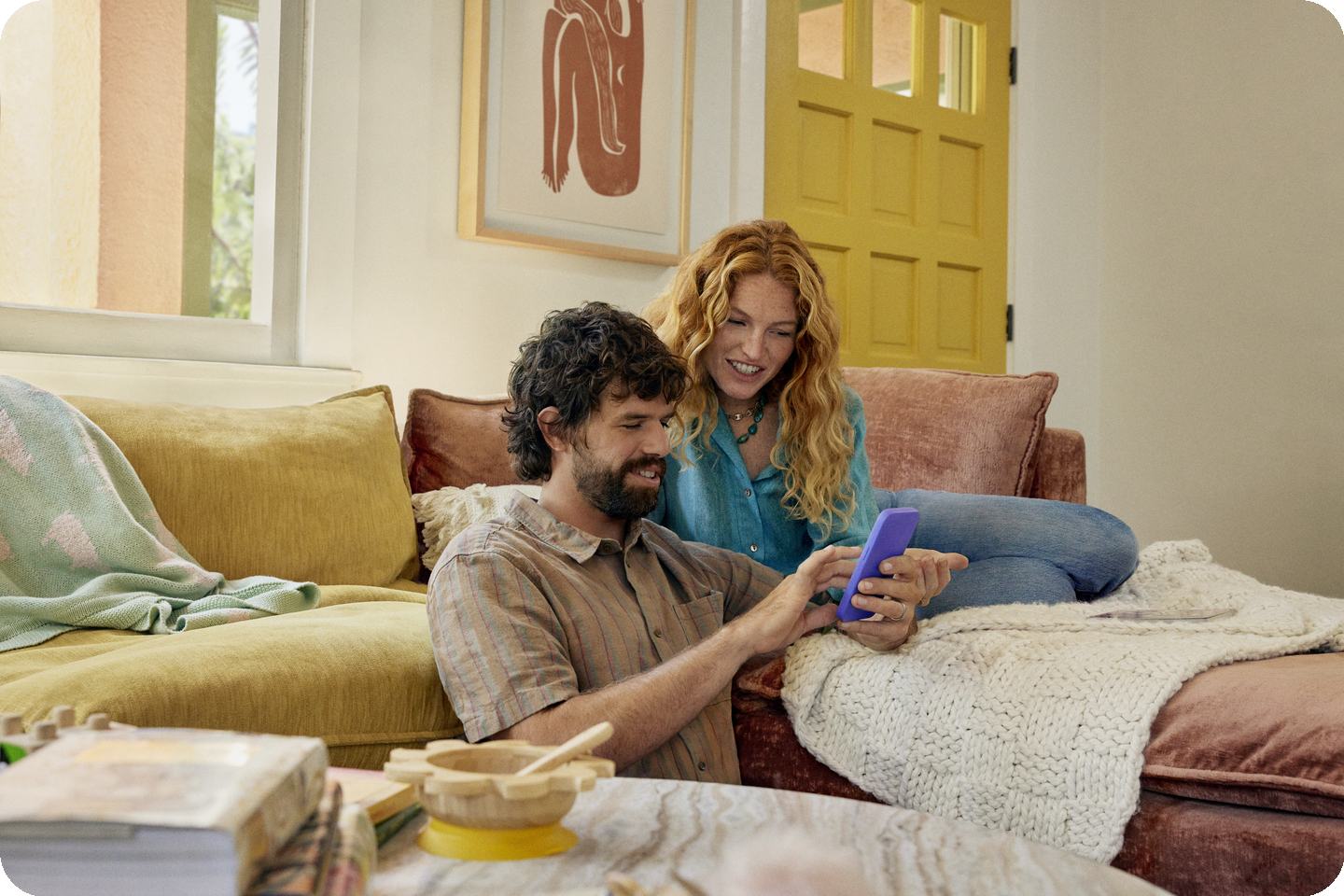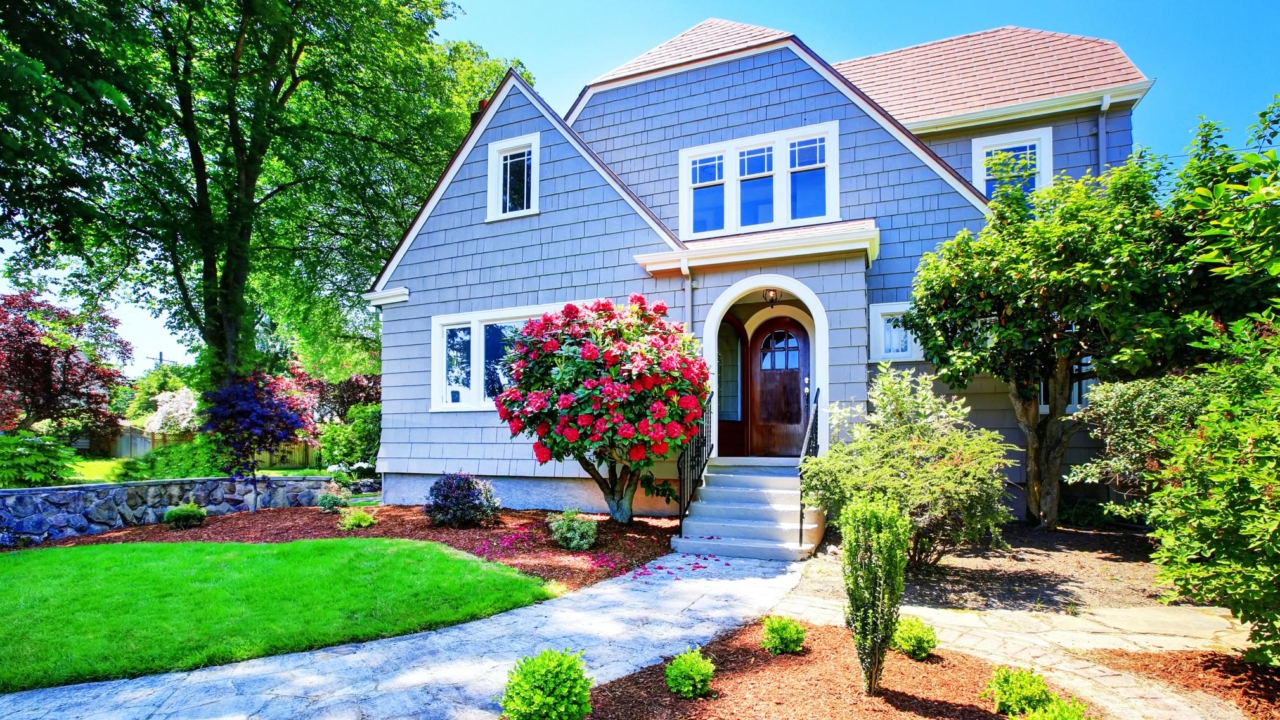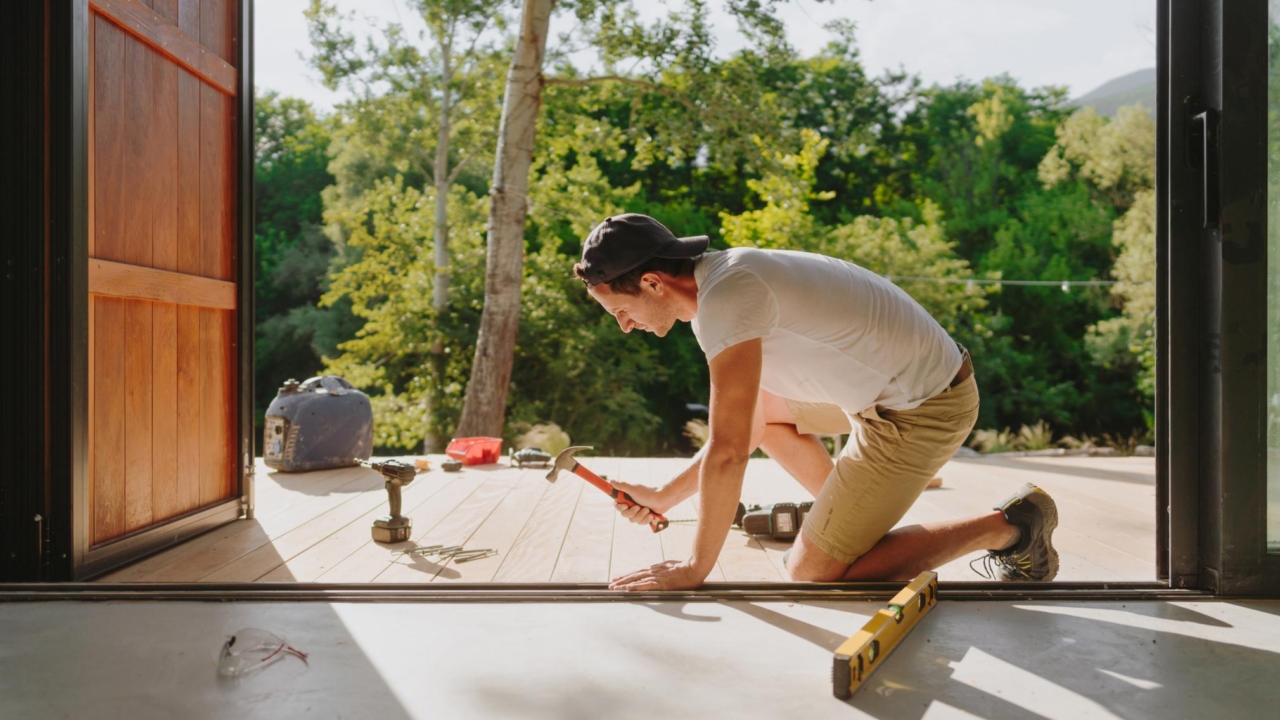The Pros and Cons of Putting 20% Down on a Home
Here's how to determine if 20% is the right figure for you.


Written by May Ortega on February 10, 2025
You’ve probably heard that putting down 20% of a home’s sale price is an ideal strategy if you're financing a home. After all, the more you put down, the lower your monthly mortgage. But it’s not a hard and fast rule.
The traditional figure for a down payment is 20%. But Zillow research has found that someone earning the median U.S. household income needs to put down about 35%, otherwise they may not be able to comfortably afford a monthly mortgage payment in today’s market. That 35% down payment translates to about $127,000 on a typical home. However, your financial circumstances might call for a different figure from these two altogether.
There aren’t many loan types that require a 20% minimum down payment; it’s more often a rule of thumb, mostly because that percentage helps you avoid something called mortgage insurance when it comes to conventional loans. We’ll explain more about that below.
In fact, the minimum down payment required for many loan types is considerably lower. A conventional loan is 3% for first-time home buyers, and an FHA loan is 3.5%. Some special programs, like VA loans, even allow for 0% down payments.
Whether you’re just starting to save for a down payment, or you’re calculating how much you need for that house you’re eyeing, it’s helpful to know these pros and cons of putting down 20% when buying a home.
Pros of a 20% down payment
Lower monthly payments
The more money you put down, the less you have to borrow from the bank, so your monthly mortgage payments will be smaller. And depending on factors like your income and home price, that lower monthly mortgage payment could be the difference between a comfortable budget or not affording the payment at all.
Avoiding mortgage insurance
If you’re going with a conventional loan and you put down less than 20%, you’ll have to pay a monthly premium in case you fall behind on your mortgage — also known as private mortgage insurance. Typically, that premium costs between $30 to $70 per month for every $100,000 borrowed. Your specific amount depends on your type of loan, your credit score, the amount being borrowed, and a number of other factors. The good news is that, for conventional loans, you don’t have to pay mortgage insurance over the lifetime of the loan. Typically, once you have 22% equity in the home, your lender will remove your mortgage insurance if your loan is in good standing.
Lower interest rates
Yes, more money down could mean a lower interest rate. If a lender sees that you’ve brought more money to the table, that inspires confidence that you’ll be a responsible borrower. And a lower interest rate can save you tens of thousands over the life of your loan. Here’s a basic example: With the typical U.S. home value at $358,761, a 20% down payment would be $71,752 and your loan balance would be $287,009 to be paid over 30 years. With a 6% interest rate, your monthly mortgage payment (principal and interest only) is $1,721, and at 5% it’s $1,541. In this example, you’d pay $64,814 more over 30 years if your interest rate was 6% versus if it was 5%. It goes to show that even a 1% difference in your interest rate can have a big impact on your finances.
Pro tip: Do the math for yourself
If you want to get some example scenarios based on your own numbers, you can use Zillow’s Mortgage Calculator. This tool lets you enter your own down payment and interest numbers to give you an estimate of your monthly payments. You can also talk to one of our loan officers at Zillow Home Loans* to learn more about how your financial circumstances may affect your interest rates.
More equity
When you have a larger down payment, you build equity in your home faster. The more money you put down, the larger portion you own as soon as you’ve closed. Plus, starting with more money paid towards your home means you benefit more from appreciation. If your home’s value goes up, you gain equity based on that higher value. Historically, homes go up 2-5% in value each year. That figure was 2.5% through last November, according to Zillow’s Home Values Index.
Cons of a 20% down payment
Saving up can be tough
In the example we used earlier, you’d need to have $71,752 saved up to put down 20% on a home that costs the current typical U.S. home value of $358,761. That’s a lot of money, and many people realistically cannot afford that.
Nearly three-fourths of home buyers said they used money they saved up over time for at least part of their down payment, according to Zillow’s research. The second most-common source for down payment funding came from the sale of a previous home, with just under half of buyers doing so. Using gifts from family and friends was number three.
There are a variety of ways to save up for a down payment, from taking a break on dining out, to setting up recurring transfers from your checking to your savings account. But still, hitting 20% can be quite the task and potentially take years.
Pro tip: Look into down payment assistance.
This type of help is usually reserved for first-time home buyers. The money can come in the form of a forgivable loan, a grant, or a down payment match, to name a few. And some offers are available at the national, state, and even city level.
You can actually check what assistance you qualify for through Zillow’s down payment assistance tool. Or you can check if you qualify for down payment assistance through a local program near you.
Less money left on hand
Putting down 20% could mean using all of your life savings. If you have an emergency after you buy your home that’ll cost you some hundreds or thousands of dollars, you may not have the funds to cover it.
Increases your initial costs
Don’t forget that you need to pay closing costs as well, which don’t go toward your down payment. This could include any appraisal fees or paying your title company, and can range from 2% to 5% of the home’s price. So if you were counting on putting down a certain amount, be ready to reroute some of that towards your closing costs. Those fees could leave you short of 20%.
Financial stress afterward
A large down payment could leave your finances stretched thin for some time. Will you be able to afford new furniture, home repairs, or something else that comes with buying a home? And don’t forget you’re not just paying what the house costs every month; you’re also paying interest, home insurance, your utilities, and more.
Now that you have a better idea of what a 20% down payment could mean for you, ask yourself if that would be enough to make your mortgage payments affordable. Also reflect on whether you can save up that much money in the time frame that you’re looking to buy a home. And if you have a specific loan type in mind, but you’re not sure if you qualify without putting down 20%, find a lender and ask them.
*An equal housing lender. NMLS #10287
Thinking about buying but not sure where to begin?
Start with our affordability calculator.
See what you can affordHow much home can you afford?
See what's in reach with low down payment options, no hidden fees and step-by-step guidance from us at
Zillow Home Loans.
Zillow Home Loans, NMLS # 10287. Equal Housing Lender
Calculate your BuyAbility℠
Related Articles
Get a mortgage with Zillow Home Loans
Go from dreaming to owning with low down payment options, competitive rates and no hidden fees. A dedicated loan officer will guide you until you have your keys in hand.

Zillow Home Loans, NMLS #10287. Equal Housing Lender.


